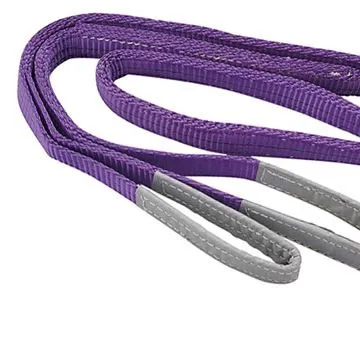Nov . 09, 2024 02:41 Back to list
Ceiling Access Panel Installation Guide and Specifications for Optimal Functionality
Understanding Ceiling Access Panels A Comprehensive Guide
Ceiling access panels are crucial components in modern construction, providing essential access to overhead systems such as plumbing, electrical wiring, and HVAC systems. Often overlooked during the planning phase, these panels play a significant role in building maintenance, safety, and aesthetics. In this article, we will explore the importance, types, installation methods, and maintenance of ceiling access panels.
Importance of Ceiling Access Panels
Ceiling access panels allow for quick and unobtrusive access to critical systems hidden behind ceilings. This capability is especially important in commercial buildings and facilities that require routine inspections, repairs, or modifications. By integrating access panels into the building design, property owners can facilitate timely maintenance, reducing potential downtime and mitigating the risk of costly repairs resulting from system failures.
Moreover, ceiling access panels help maintain the overall integrity of a building's design. A well-placed access panel can be painted or finished to blend seamlessly into the surrounding ceiling, preserving the aesthetic appeal. This is particularly true for commercial spaces where the appearance is vital for customer experience.
Types of Ceiling Access Panels
There are various types of ceiling access panels, each catering to specific needs and environmental conditions
1. Flush Access Panels These panels are designed to be installed flush with the ceiling surface, providing a discreet solution. They are often used in areas where appearance matters most.
2. Drop-In Access Panels Commonly used in suspended ceilings, drop-in panels can be easily removed for access. They are readily available in standard sizes and are often used in commercial spaces for quick access to utilities.
3. Fire-Rated Access Panels In areas where fire safety is a concern, fire-rated access panels are required. These panels are specially designed to withstand high temperatures and prevent the spread of flames for a specified period.
4. Acoustic Access Panels For spaces that require soundproofing, acoustic access panels are designed to minimize sound transmission. They are often used in theaters, auditoriums, and recording studios.
5. Security Access Panels In areas that require heightened security, these panels are designed to restrict unauthorized access, often featuring locks or other security measures.
ceiling access panel detail

Installation Methods
The installation of ceiling access panels should be coordinated with the overall construction plan. Generally, the process involves the following steps
1. Planning and Measurements Before installation, take accurate measurements to determine the proper size and location of the access panel. Consider the surrounding elements and ensure that the panel will not interfere with existing utilities.
2. Cutting the Ceiling Using a drywall saw or appropriate cutting tool, carefully cut a hole in the ceiling that matches the dimensions of the access panel. Ensure that the cut edges are smooth to facilitate a better fit.
3. Installing the Access Panel Depending on the type of panel, installation may vary. Most panels come with installation instructions, but typically involve fitting the panel into the hole and securing it in place using screws or fasteners.
4. Finishing Touches Once installed, ensure that the panel aligns with the ceiling surface. If necessary, paint or finish the access panel to match the surrounding area.
Maintenance of Ceiling Access Panels
Regular maintenance of ceiling access panels is essential to ensure their functionality and longevity. Here are some key maintenance tips
1. Routine Inspections Periodically check the condition of the access panels. Look for signs of wear, damage, or misalignment, and address any issues promptly.
2. Cleaning Dust and debris can accumulate on the access panels, especially in environments with a lot of activity. Regular cleaning helps maintain the panel's appearance and ensures that it opens and closes easily.
3. Lubrication of Hinges and Locks If the access panel features moving parts like hinges or locks, lubricate them regularly to ensure smooth operation.
In conclusion, ceiling access panels are pivotal in ensuring efficient building maintenance and operations. By understanding their importance, exploring the various types available, and implementing proper installation and maintenance practices, property owners can significantly enhance the functionality of their spaces while preserving their aesthetic appeal. Investing in high-quality access panels not only simplifies access to essential systems but also contributes to the overall efficiency and safety of the building.
-
Durable Ceiling T Grid Systems | Easy InstallationNewsAug.29,2025
-
PVC Gypsum Ceiling: Durable, Laminated Tiles for Modern SpacesNewsAug.28,2025
-
Pvc Gypsum Ceiling Is DurableNewsAug.21,2025
-
Mineral Fiber Board Is DurableNewsAug.21,2025
-
Ceiling Tile Clip Reusable DesignNewsAug.21,2025
-
Ceiling T Grid Modular DesignNewsAug.21,2025







